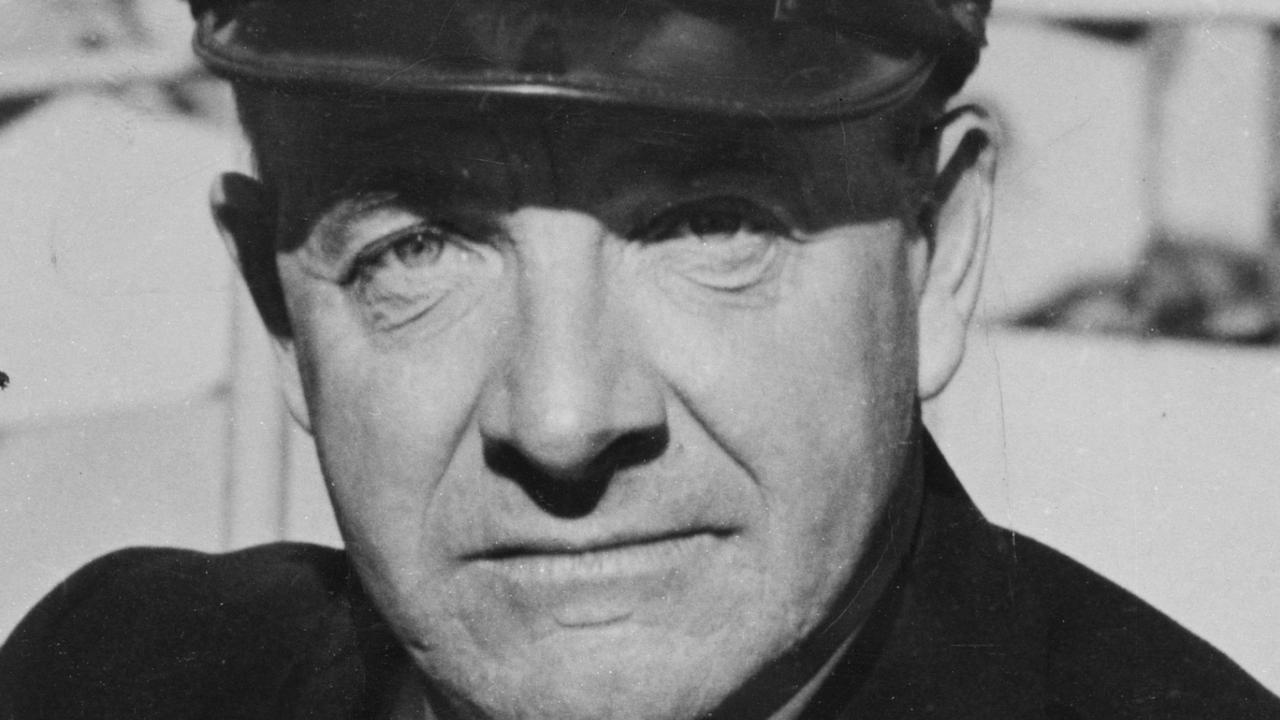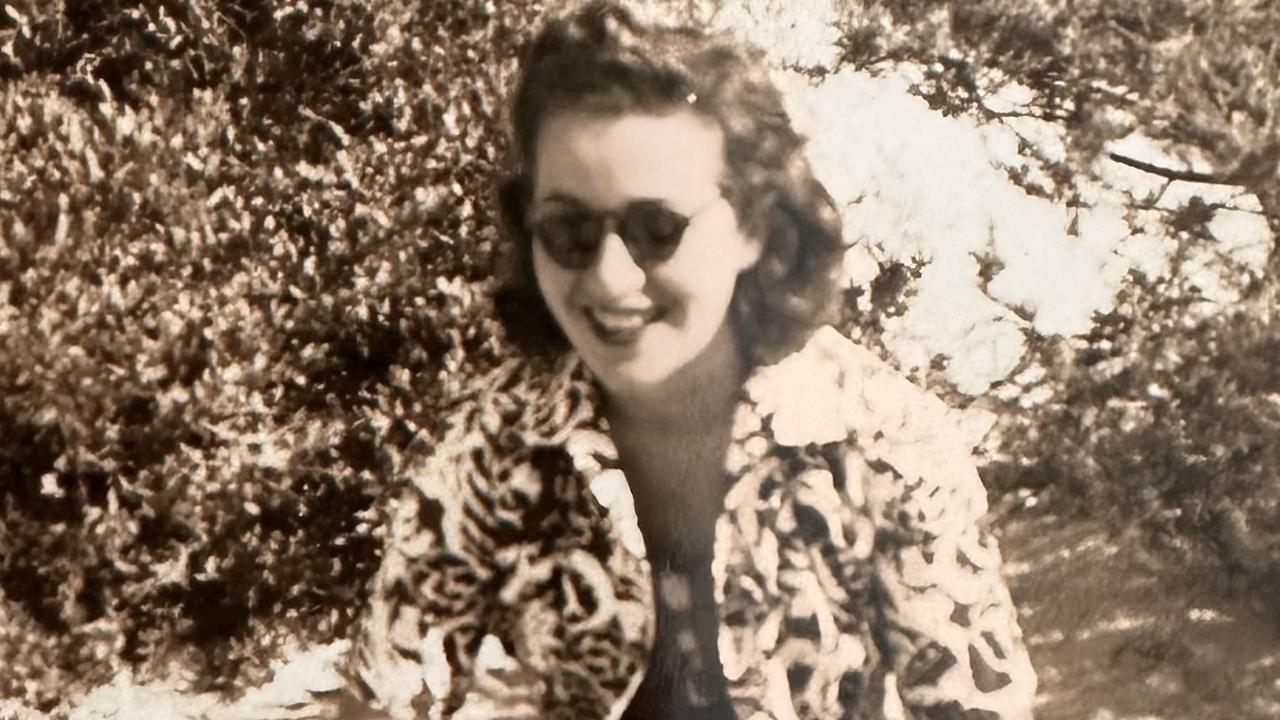Atomic scientists’ grim clock warning began at dawn of the nuclear age 70 years ago
SEVENTY years ago today with the threat of nuclear annihilation hanging over their heads, a group of US atomic scientists were inspired to create the Doomsday Clock.

Today in History
Don't miss out on the headlines from Today in History. Followed categories will be added to My News.
IT is hard not be pessimistic about the future of human civilisation. With the multiple threats of climate change, terrorism and nuclear annihilation hanging over our heads, it seems that one false step and our days are numbered.
International tensions were on full display this week as the US tested a missile defence system, shooting down a simulated North Korean warhead with an interceptor missile, hot on the heels of a North Korean missile test.
Seventy years ago today similar tensions and potential threats inspired a group of atomic scientists to create the Doomsday Clock. The first edition of magazine The Bulletin Of The Atomic Scientists, published on June 1, 1947, ran with an image of a clock with the hands set at seven minutes to midnight. Meant to represent how close humanity was to destruction, the clock came about thanks to physicist Hyman Goldsmith.
Born in Austria in 1907, Goldsmith fled Europe when the Nazis came to power. Settling in Chicago he became a well-respected neutron physicist. In 1942 the University of Chicago established the Chicago Metallurgical Laboratory. Nicknamed the “Met Lab”, it was a cover for the laboratory’s primary purpose — to study the newly discovered element plutonium. In 1943 Goldsmith was appointed Met Lab’s co-ordinator of information and was responsible for communication between scientists working there. That role became more important when the Met Lab was co-opted by the military to be part of the Manhattan Project — to work on the development of the atomic bomb.

In 1945 the weapon Goldsmith helped create was unleashed on Hiroshima and Nagasaki. He, together with Manhattan Project colleague, University of Illinois biophysicist Eugene Rabinowitch and sociologist Edward Shils, discussed their concerns of this terrible new weapon.
Out of those discussions they founded a newsletter, The Bulletin Of The Atomic Scientists, which first circulated in December 1945. Edited by Rabinowitch, it took contributions from scientists and aimed to inform both academics and laymen about the implications of the atomic age. It was one of many newsletters that emerged from scientists involved with the bomb, but one of the most widely read.
By 1946 its circulation was 10,000. In that year the US passed the Atomic Energy Act, establishing the Atomic Energy Commission to control the development of nuclear weapons and atomic energy. Later in the year the US conducted nuclear weapons tests at Bikini Atoll in the Pacific.


There were also disturbing stories of Soviet spies trying to steal nuclear secrets. And as tensions increased between the USSR and US, fears of a nuclear arms race intensified.
In 1947 Goldsmith and Rabinowitch launched their newsletter as a more comprehensive magazine publication. Goldsmith thought the cover should have a striking image that would sum up the dire situation Earth faced if global nuclear war became a possibility. He asked abstract artist Martyl Langsdorf, the wife of another Manhattan Project scientist, to create the image. Initially she considered using the letter U, the symbol for uranium, but as she listened to discussions between the scientists her concept conveyed their urgency — a clock set at seven minutes to midnight, suggesting that we may not have much time left. It was her first and last magazine cover, but it earned her a place in history.


Dubbed the Doomsday Clock, it was a striking illustration of how close we were to the brink of devastation and appeared on every subsequent cover with subtle design tweaks. On August 7, 1949, Goldsmith died after being swept over a waterfall while swimming in a river. On August 29 the Soviets conducted their first atomic bomb test; the nuclear arms race was on. The board of the Bulletin met and decided to move the hands of the clock to four minutes to midnight on the October cover.
Since then the board of the magazine has met regularly to discuss the global situation and where to set the hands, changing them more than 20 times.
In 1953 the hands hit two minutes to midnight — the closest we have been to annihilation — after the US tested its first hydrogen bomb and it was revealed that the Soviets were also working on one.
Rabinowitch, who stayed on as editor until the 1970s, said that the clock didn’t indicate international political power struggles but reflected “basic changes in the level of continuous danger in which mankind lives in the nuclear age”.
In recent times the board has also taken into account climate change, setting the clock at 2½ minutes to midnight in January this year.
Originally published as Atomic scientists’ grim clock warning began at dawn of the nuclear age 70 years ago


